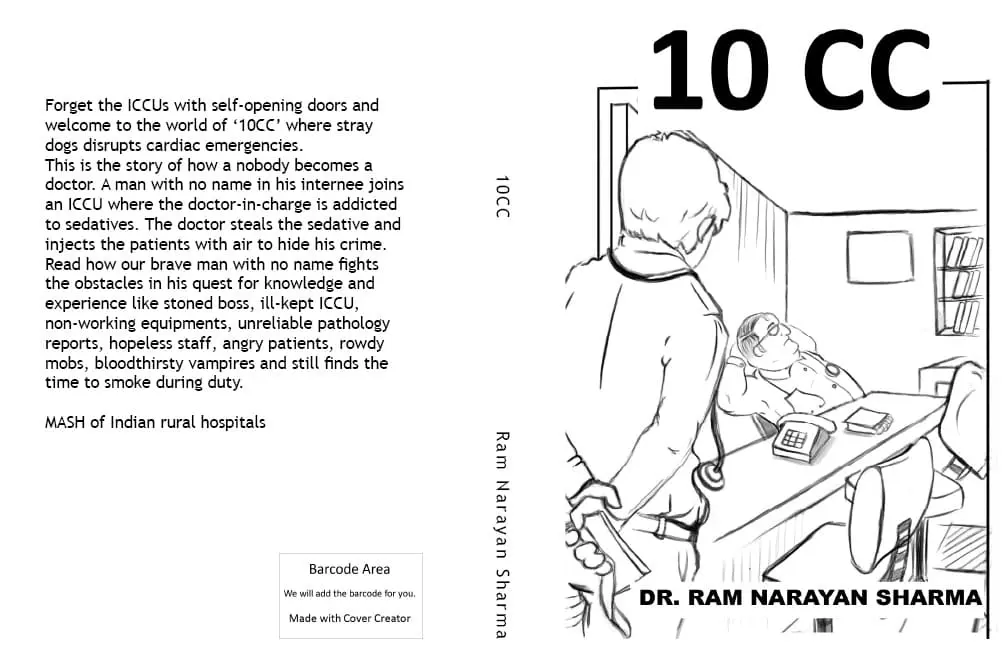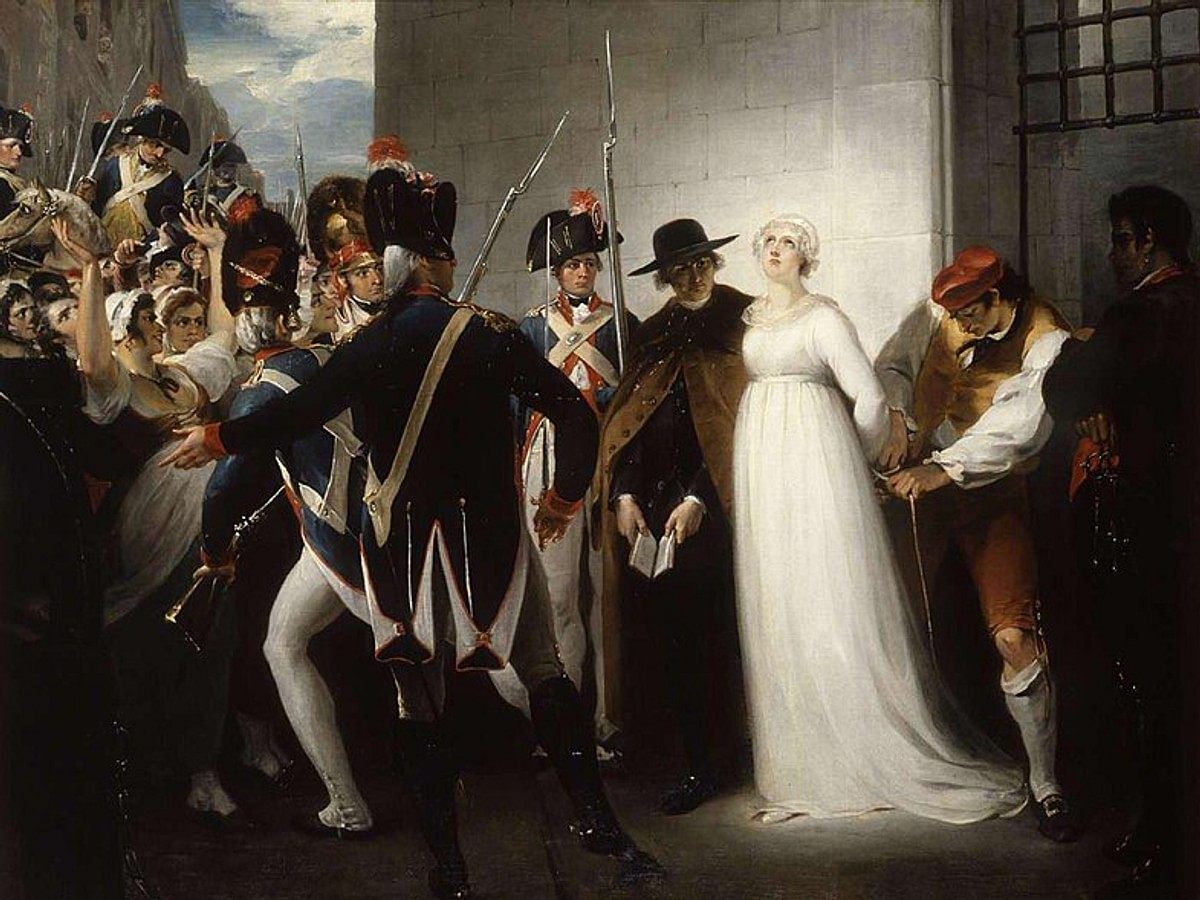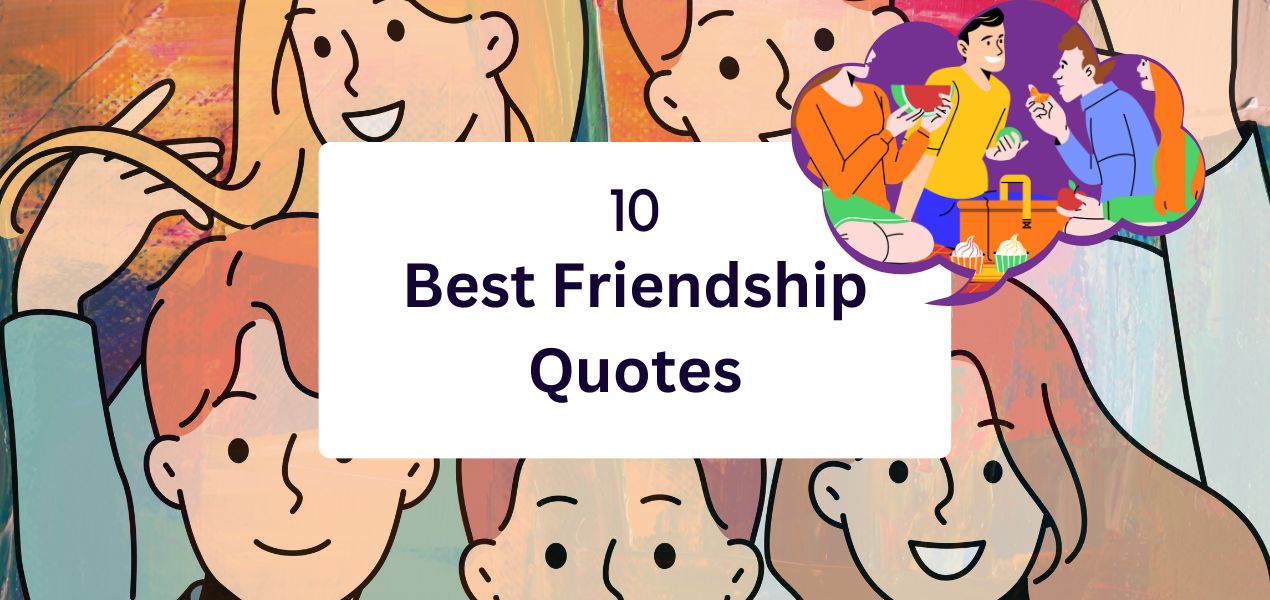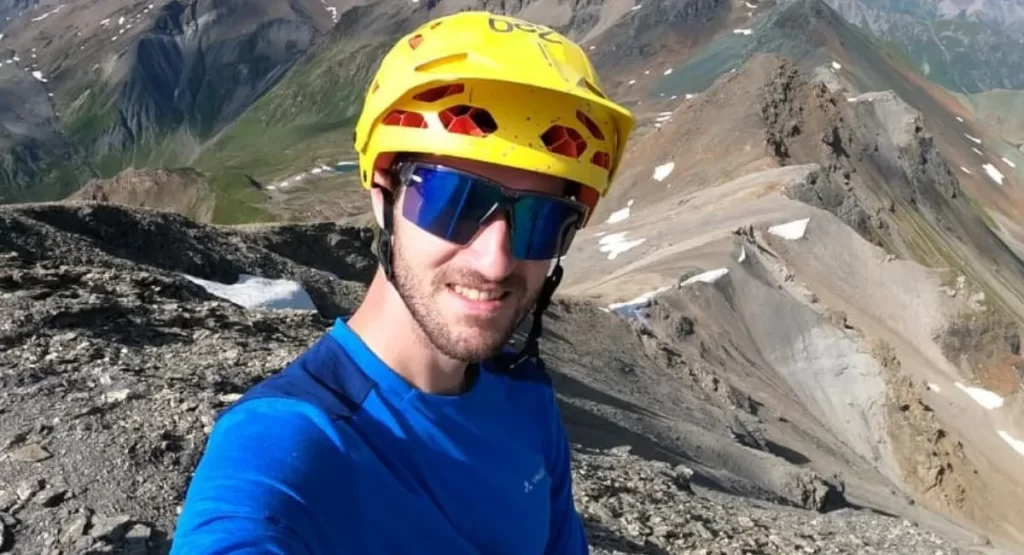This is a tale of chemistry between a chain-smoking medical intern and the time he spent with his sedative addicted boss, owner and in-charge of a small town ICCU equipped hospital. The boss makes the patient buy sedatives on pretext of a wonderful Intramuscular injection guaranteed to provide relief. He pockets the vial with the efficiency of an illusionist and injects air in patient’s butts. Is air injected in human body fatal? I’ll explain below.

The primary issue raised in the novel is the biggest taboo in our medical fraternity, which is addiction among doctors. It is a known phenomenon in Western countries. There are special hotlines to report substance abuse and rehabilitation centres for addict doctors. This novel touches almost every medical malpractice in Indian society. When this novel will hit big, government will be forced to make many reforms. It will scare a lot of powerful people and will bring about positive changes in Indian society.
The novel starts with our protagonist joining a small town ICCU, without any experience. To make the medical procedures and terminologies easy to understand, the protagonist in this novel is shown to be good just in theory and lacks practical aspects. Either he remembers details about the situation or someone tells him. You won’t feel like you are entering some alien world while reading. The hospital is in an old residential building, the dirtiest place ever spawned, infested with mice and spiders. The staff is untrained, rude and without any morale.
The events in the novel slowly unfold to show how a hospital works, and the protagonist discovers his boss is addicted to a sedative. Worse, his boss makes the patients buy sedatives and injects air in the buttocks of patients. As the novel progresses, our protagonist starts getting good in his craft. At the same time, antagonist cranks his addiction to 11 and weird hijinks start. Protagonist thinks about leaving, but he is now addicted to chaos along with cigarettes.
This novel is a dark comedy and full of cuss words. The protagonist is a man with no name, as I wanted every reader to associate with him.
Plenty of issues regarding medical care and social problems in India are raised in this novel like
• Addiction among the doctors – Both antagonist and protagonists are addicts, along with most of the other male characters. They are sometimes drunk on duty.
• Air injections – Small amount of air, if injected in muscles, is painful but rarely fatal. Up to 100 cc or 100 millilitres air injected in venous blood of an adult male without any debilitating disease is rarely fatal. A small amount of air injected at a slower pace in arterial blood might cause air embolism, but is rarely fatal. So, the game depends upon amount of air, speed of injection, site of injection and the host. Our antagonist knows his game and never loses.
• Neglecting government authorities – Government watchdog authorities are not keen on keeping watch on private hospitals, especially in rural areas and other healthcare institutions like PHCs. Under trained staff is appointed at many hospitals. Authorities make an occasional show of raids, and everything gets back to the way it was in a few days.
• Costly treatment – Relatives fighting over bills of few thousands will sound shaky for many people, but the story is set in 2007, in town of Yavatmal in Vidarbha region, place of 1/3 of farmer suicides in 2006 and 2007 in Vidarbha. And comparing with the ‘facilities’ provided in hospital, it’s too much for the people around there.
• Attacks on doctors – Due to politically aspired goons, negligence from doctors and delay in treatment, attacks on doctors are more frequent in India. A brief mention of a mob beating an MO and throwing a table on him is in Ch.3 as ‘girl bitten by snake died’ and another in Ch.34. Reasons are inability to control crowd in time, lack of infrastructure and serious staff.
• Domestic violence – A woman getting unconscious during beating and the relatives running away with patient in Ch. 18 and 19 show that the women in rural India are still abused and few of the events are reported. And worse, women have greater participation in abusing other women.
• Use of bizarre things to go high – Traditional liquor, tobacco and drugs are lagging behind as doctors and non-doctors are experimenting with prescription drugs and making ‘cocktail drugs’ and other things like sanitizers, whiteners as mentioned in Ch. 10.
• Corruption in medical companies – In protagonist’s confrontation with MR, protagonist gets small idea of working of pharmaceuticals. Lot of references like costly medicines instead of cheaper ones like Ranitidine are also scattered throughout the book.
• Doctor's symbol – Whether it is caduceus or Asclepius rod? And from where they are derived? Which one is correct? An attempt to answer these questions in a satirical way is present in this book. Mindless copying of caduceus for doctor’s symbol is the subject of widespread debate.
• Confusing scientific data – Statistics are like a bikini. What they reveal is suggestive, but what they conceal is vital. This one is longer, but stay with me. It will be interesting.
We live in the scientific world. But the scientific data, instead encouraging the knowledge, is misleading people and working in favour of pharmaceutical companies. It is explained best when protagonist wants to find information whether cheaper heparin or costly fractioned heparin is best for patients and gets extremely confused seeing two articles on same website.
Five of the researchers-writers are the same in both articles, giving apposite views using soothing words like ‘No statistically significant difference was observed when the efficacy and safety of low-molecular weight heparins were compared with those of unfractionated heparin. A cost-effectiveness analysis of low-molecular weight heparins versus unfractionated heparin must be done urgently to establish more firmly the place of low-molecular weight heparins in the management of unstable angina.’ And ‘Enoxaparin appears to be superior in efficacy to UFH and similar to UFH in safety. No difference in costs was detected in this study.
The greater inhibition of platelet aggregation observed in the case of UFH compared to enoxaparin indicates that there may be more bleeding complications with UFH.’ It was stated in first trial that drug ‘enoxaparin’ containing trials were not taken in consideration. So does that means one should go for enoxaparin instead of other low molecular weight heparins or undergo another trial for efficacy of un-fractioned heparin and enoxaparin which was not covered in meta-analysis or prescribe as one wishes or what the pharmaceutical wishes? Is costly fractioned heparins are really better than un-fractioned heparin? And most important, who is the authority responsible for taking final decision on making a drug prescription protocol and what is its stance on this confusion. Bored after thinking for some time, protagonist decides to go for a smoke, feeling nothing is possible to do against such information overload not giving concrete information.
You’ll be wondering is it enough to actually shake Indian medical fraternity? I don’t think so. I believe they’ll laugh how I missed some even bigger issues. But I have something else.
I have a document from a pharma company that shows how doctors make black money. It explains how a doctor has to prescribe certain number of medicine in the given time, and he is awarded an iPhone, TV set, a bike, or plain hard cash. I also have invoices from pathology labs that give details like name of patient, cost of said investigation and cut forwarded to the doctor for that month. I am looking for people who can help me spread awareness among Indian people about this blatant corruption. And I am ready to talk about it.
So, in all, 10 CC is not just another novel. It could be the beginning of a revolution against corrupt pharma and other medical practices. Lives of a lot of Indian people could be better because of you guys. All I want from you is to spread the word until it gets the attention it needs. You can interact with me on Twitter.


























Thank you
Inspiring story.
The begging of revolution